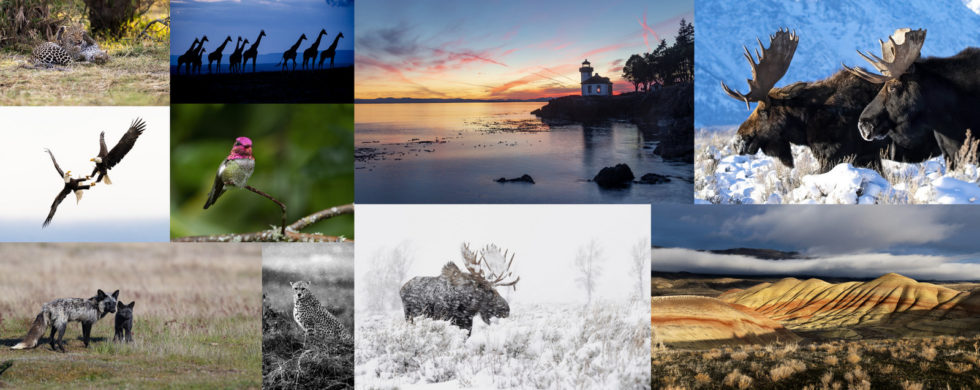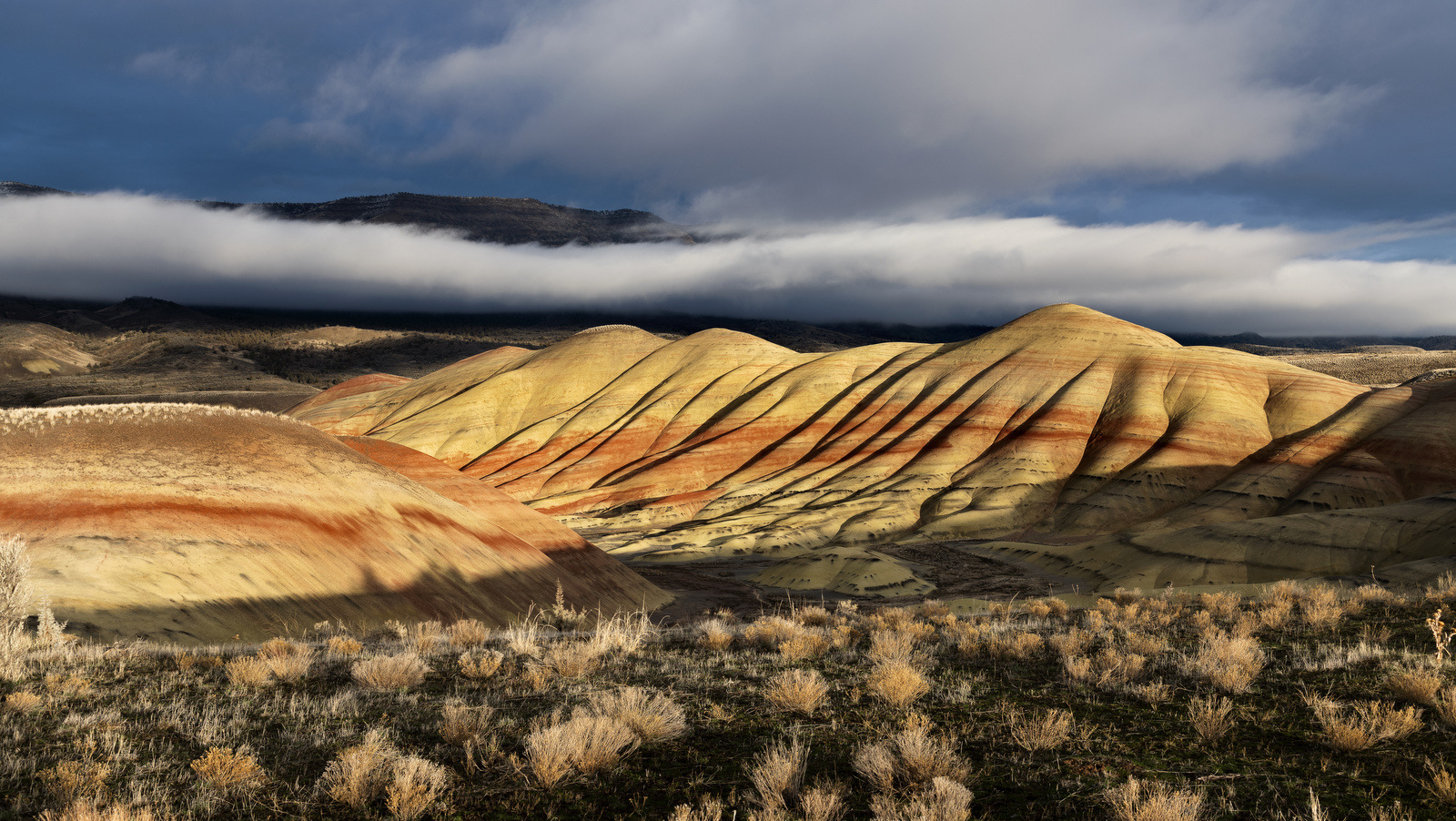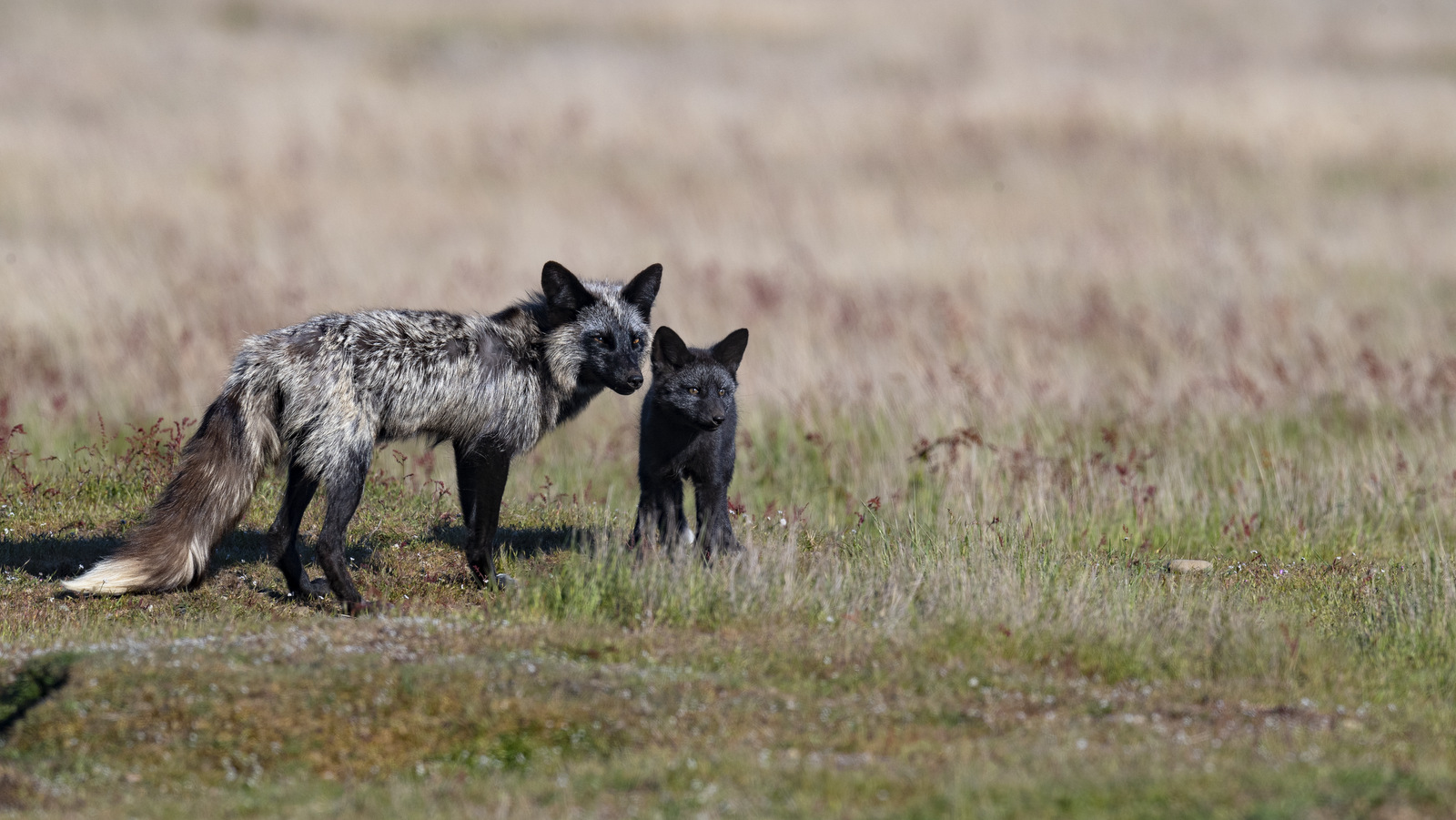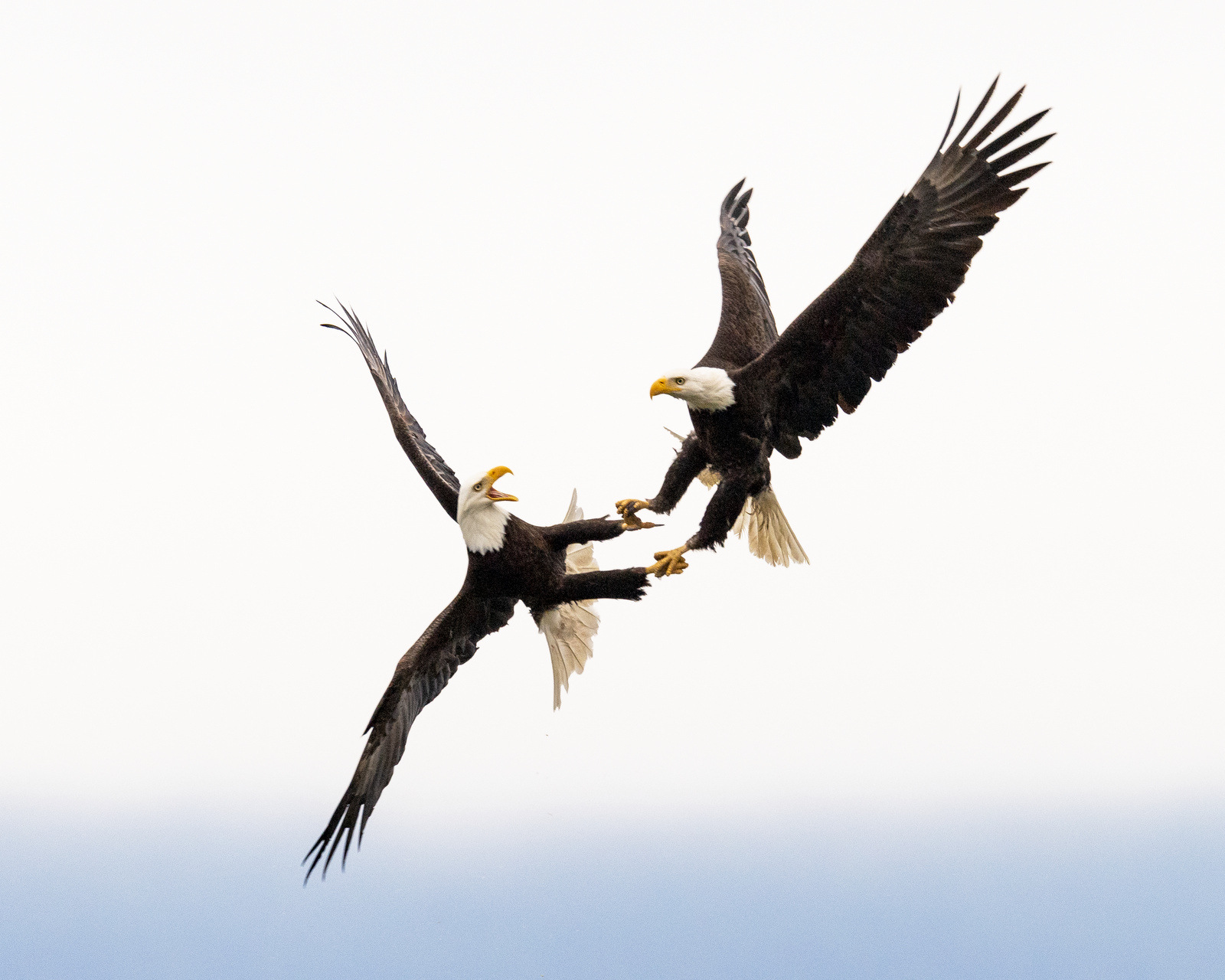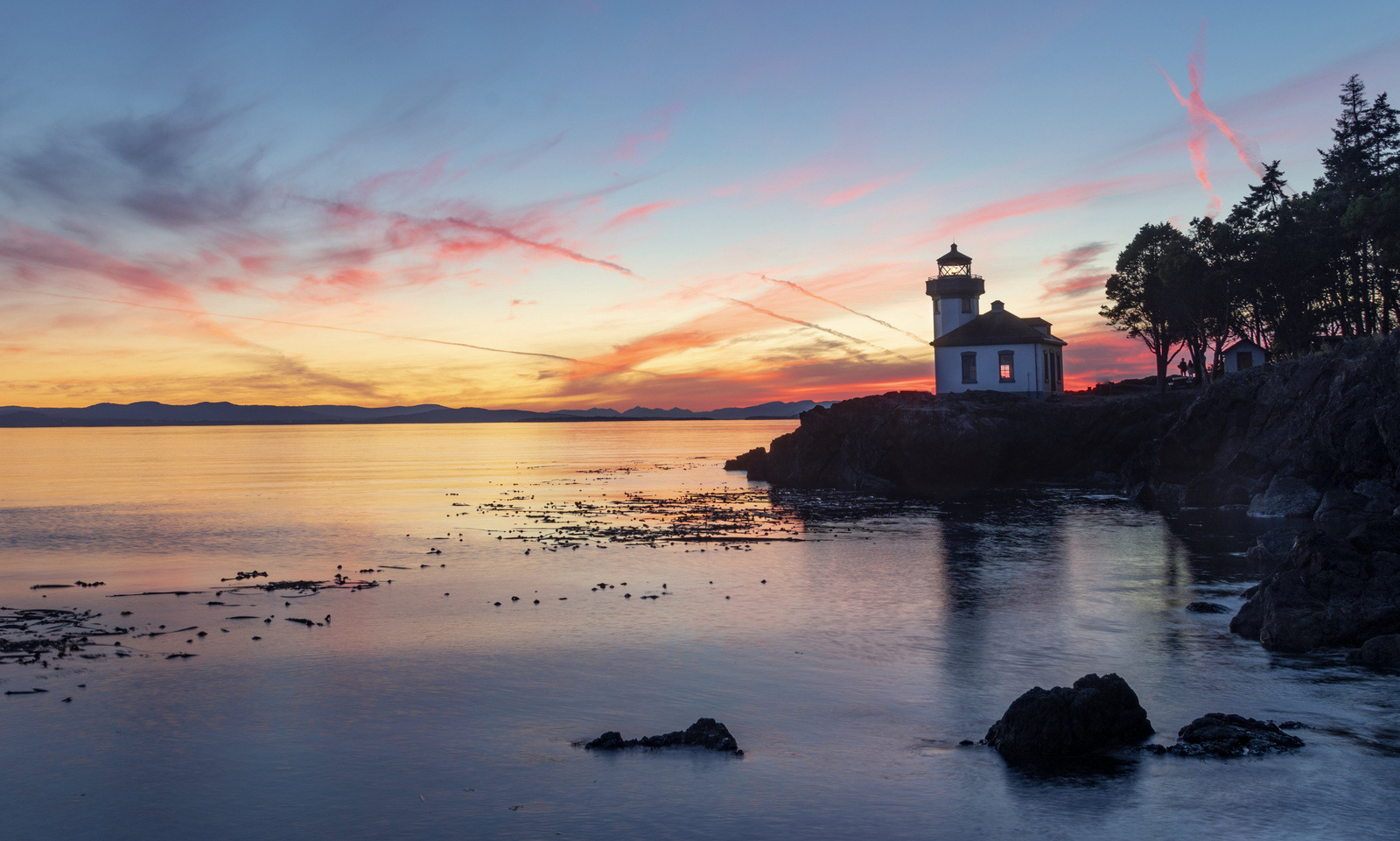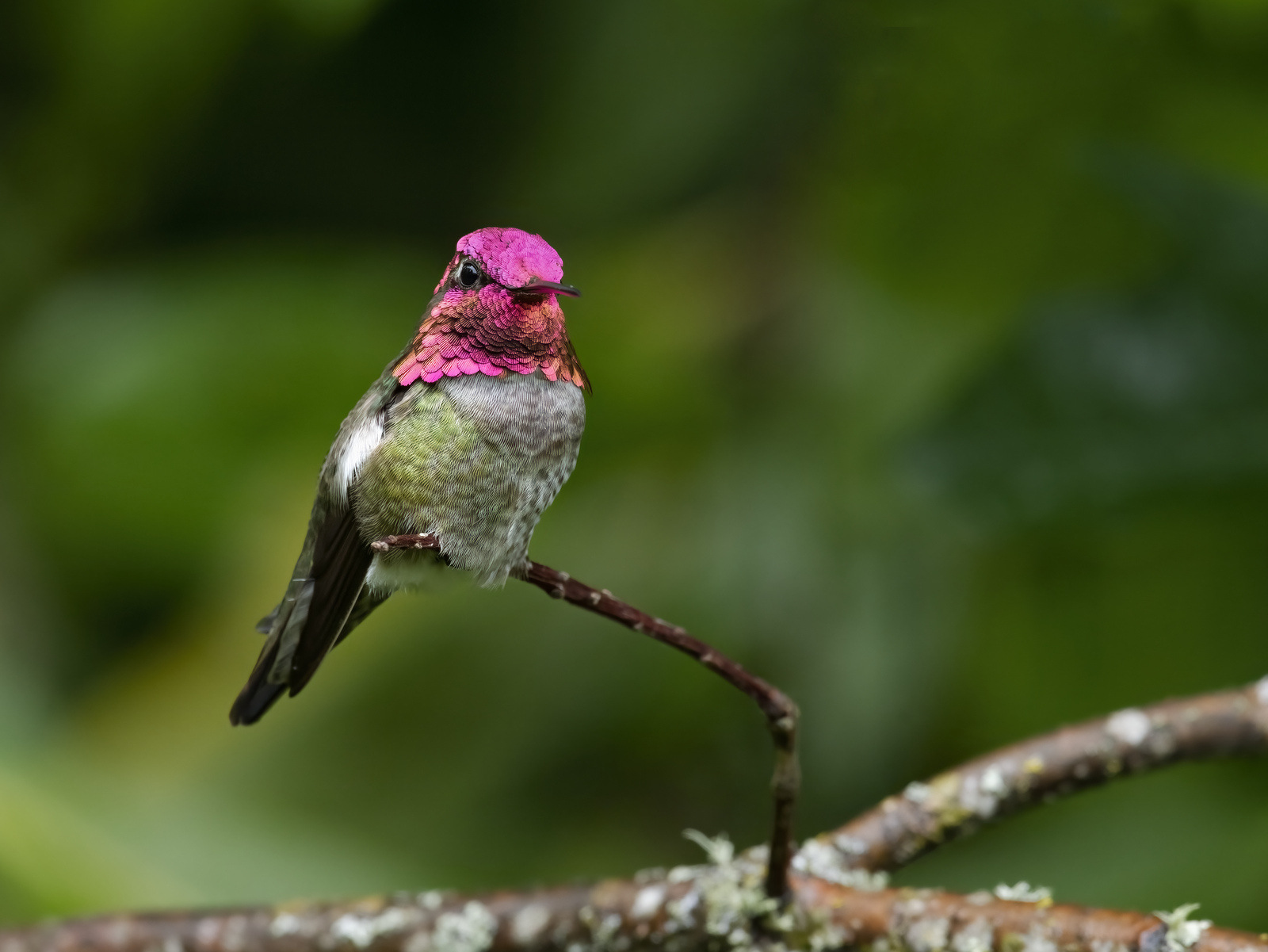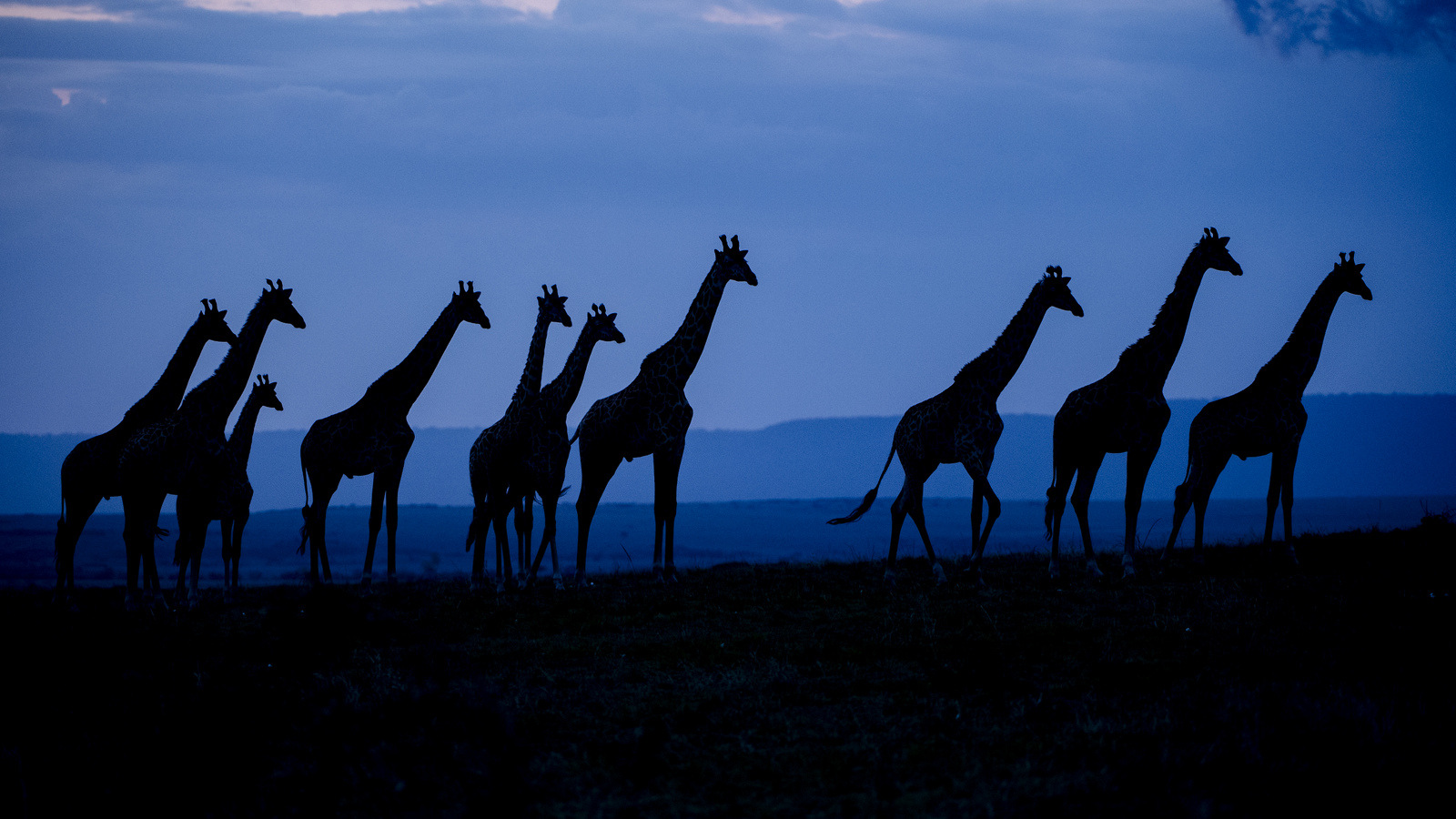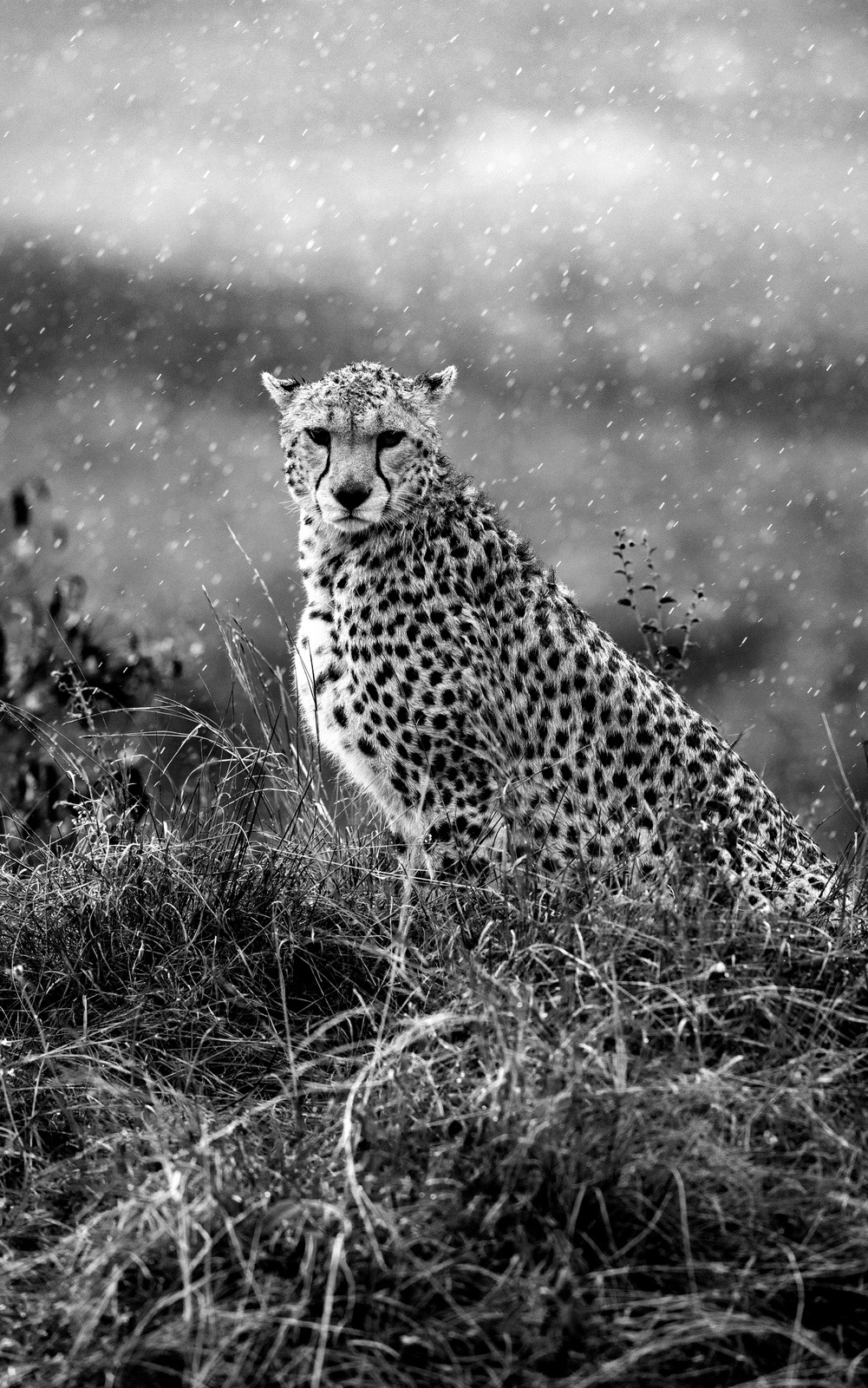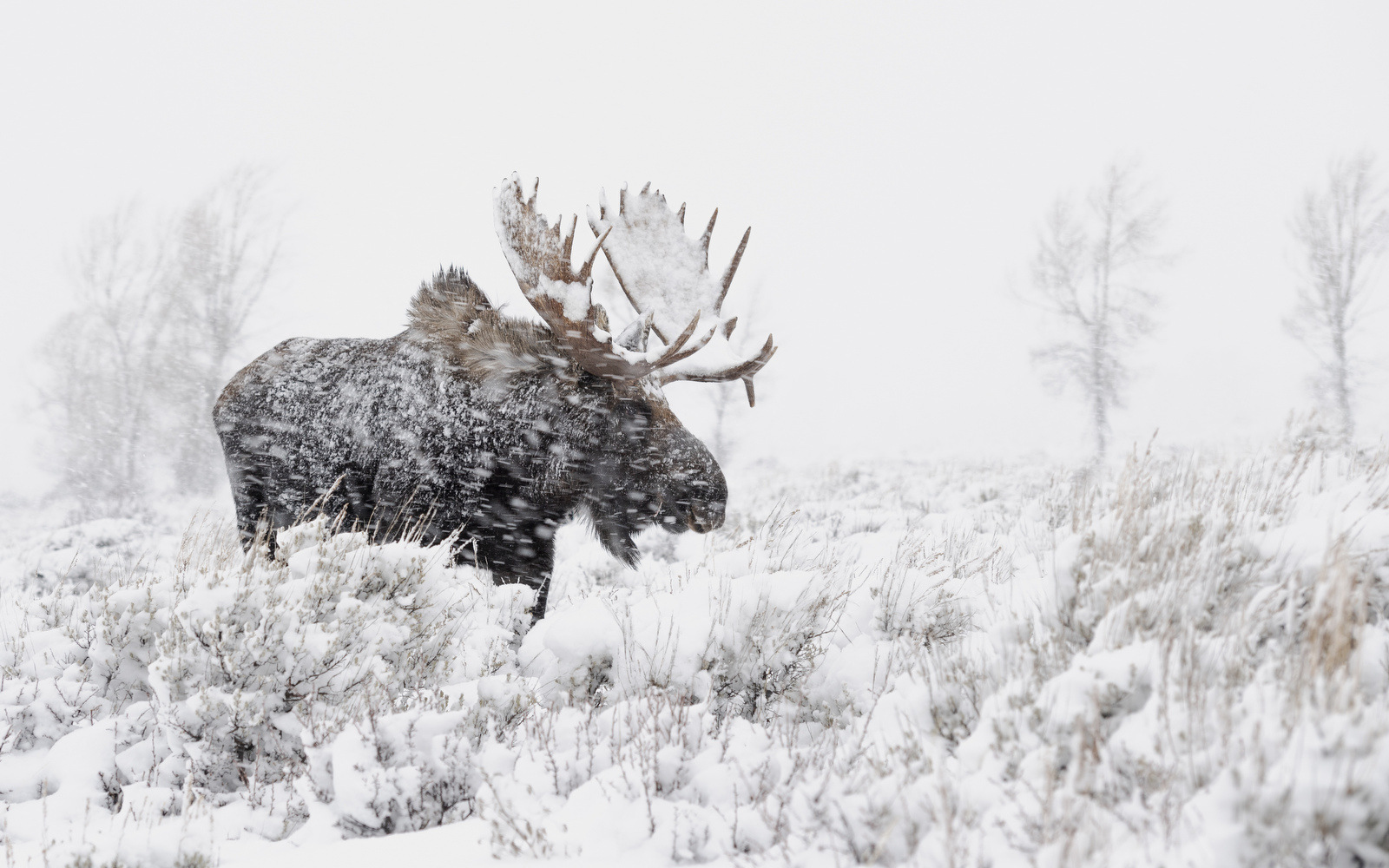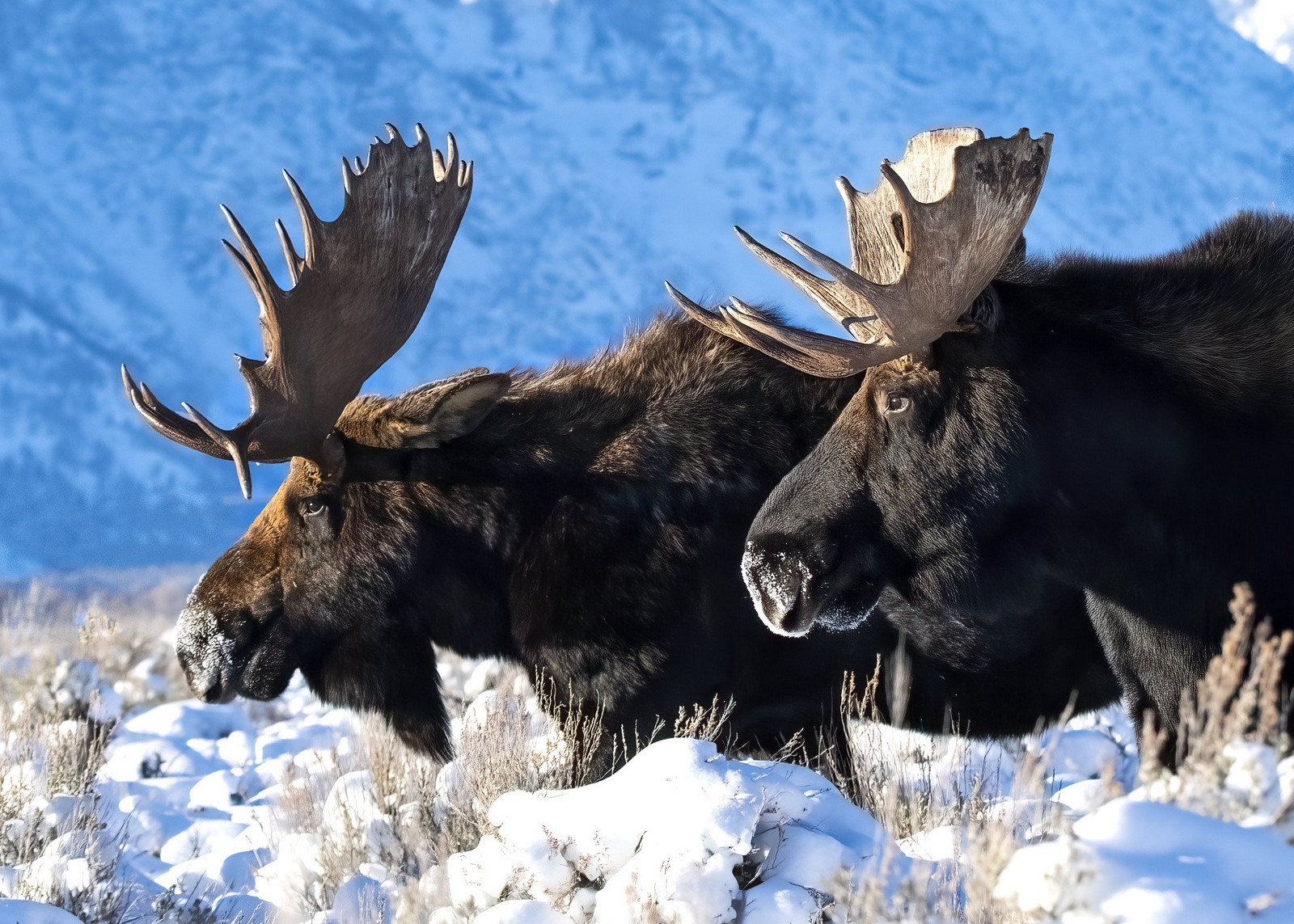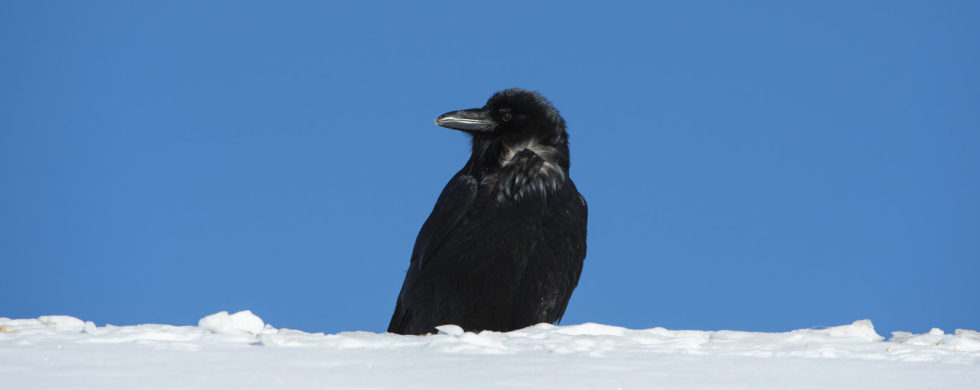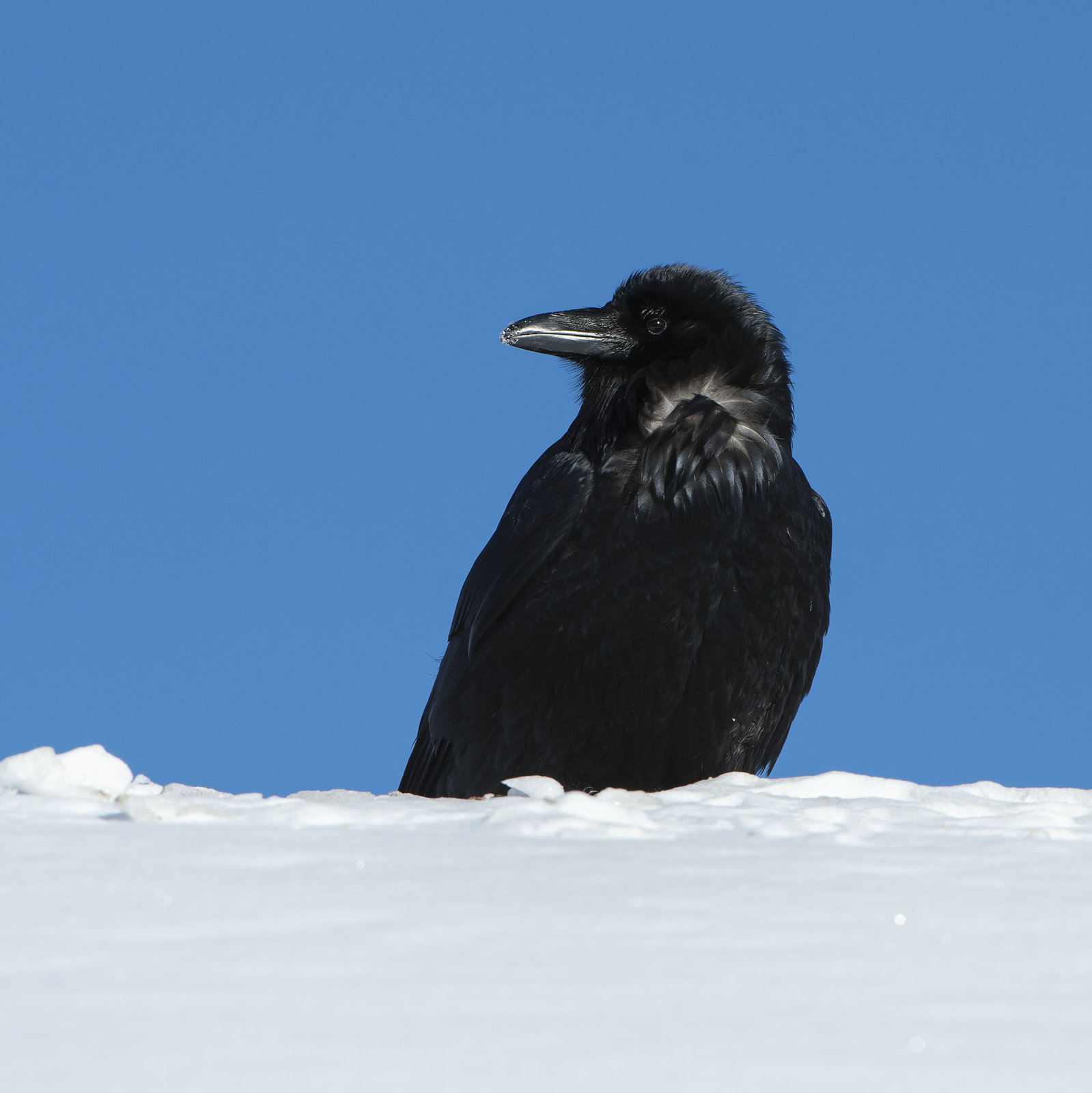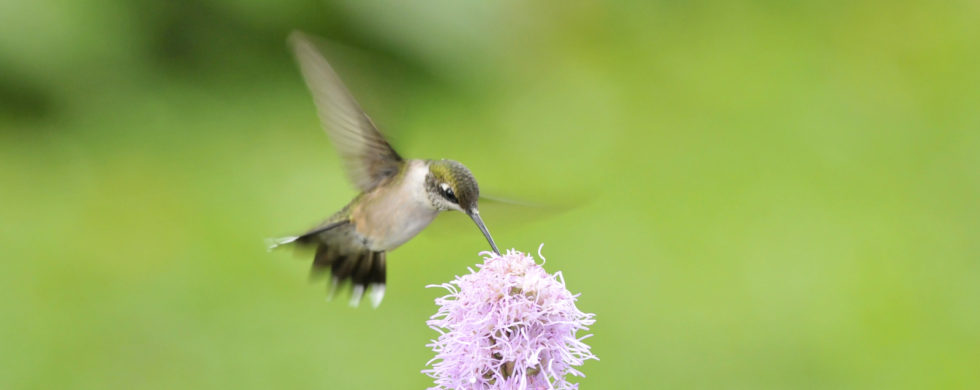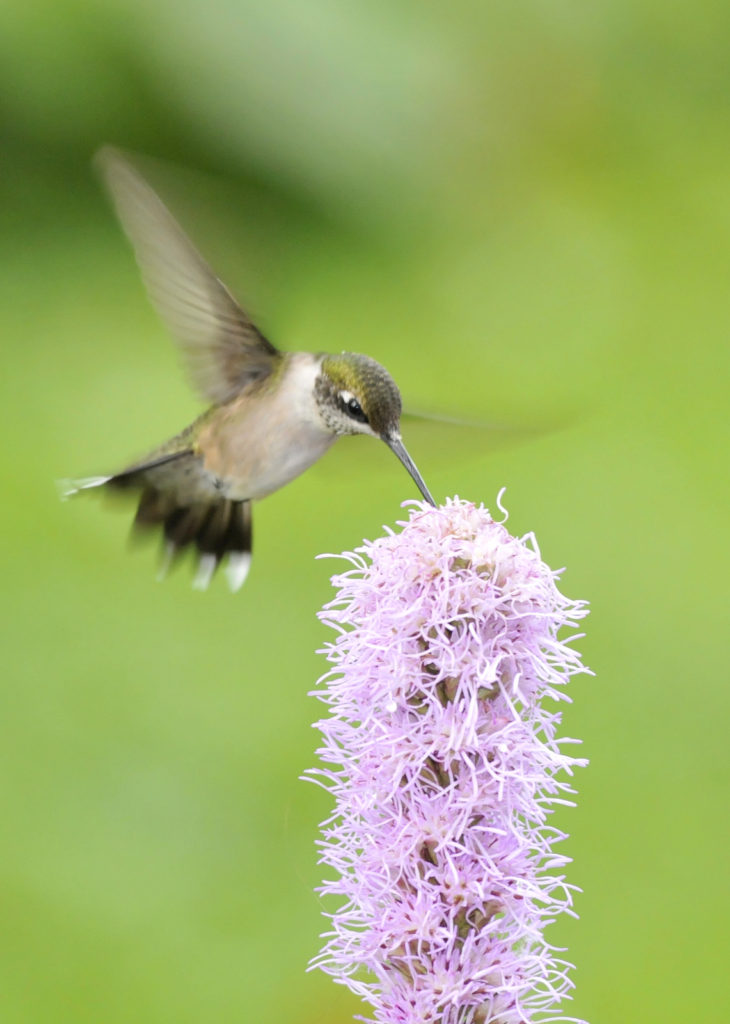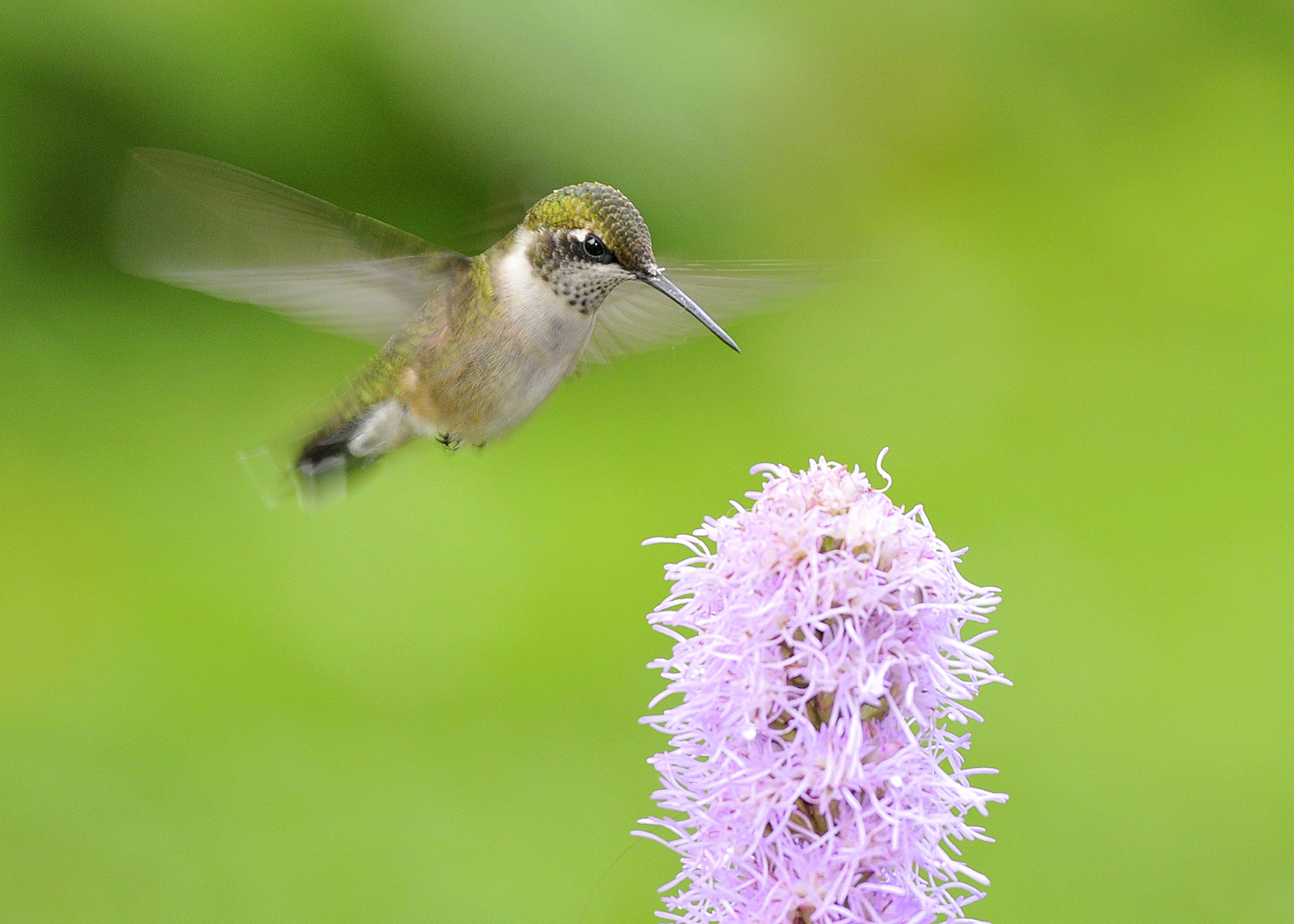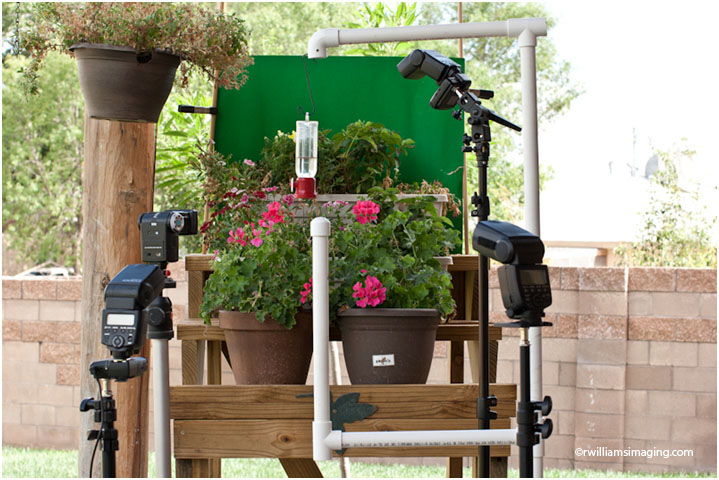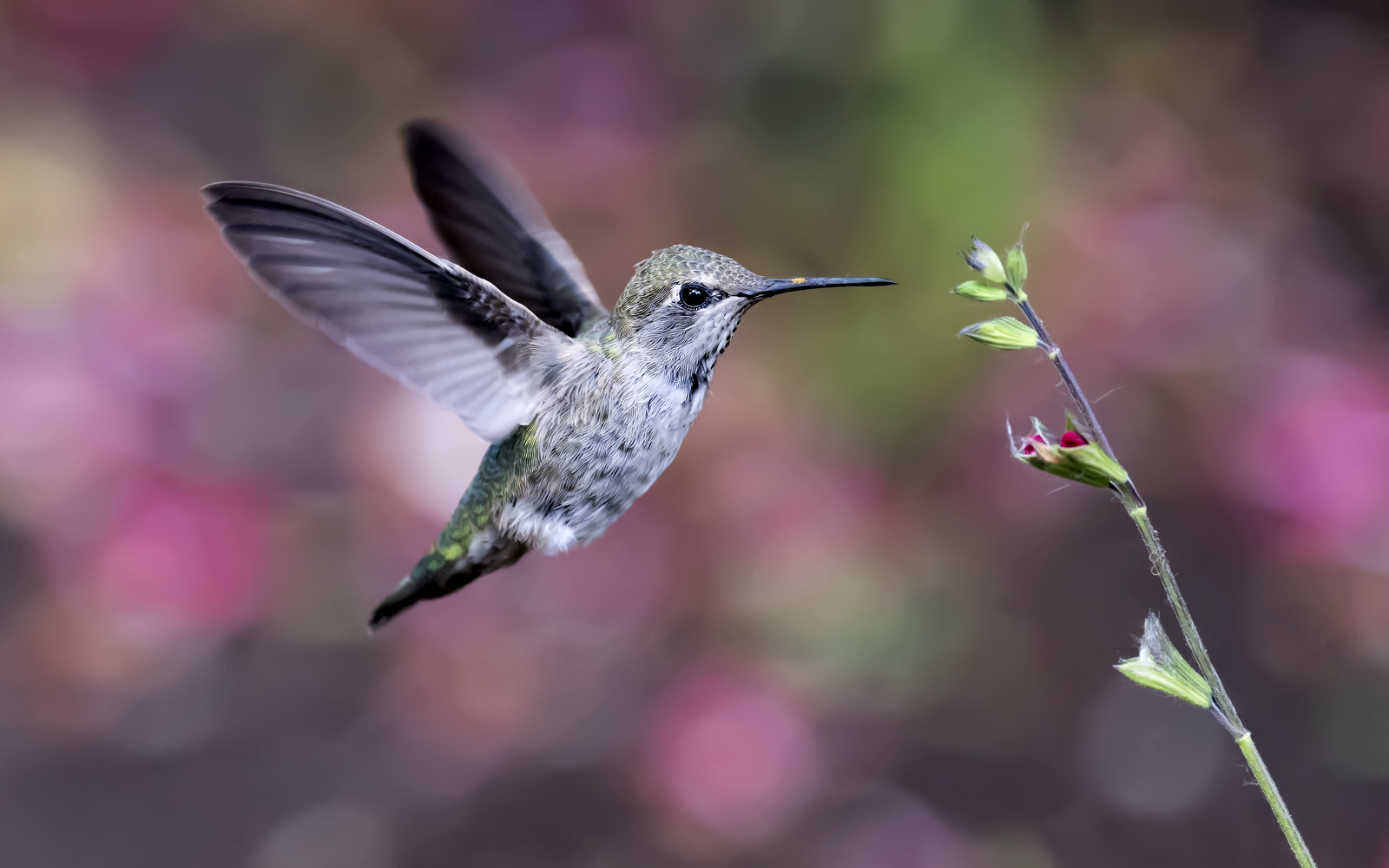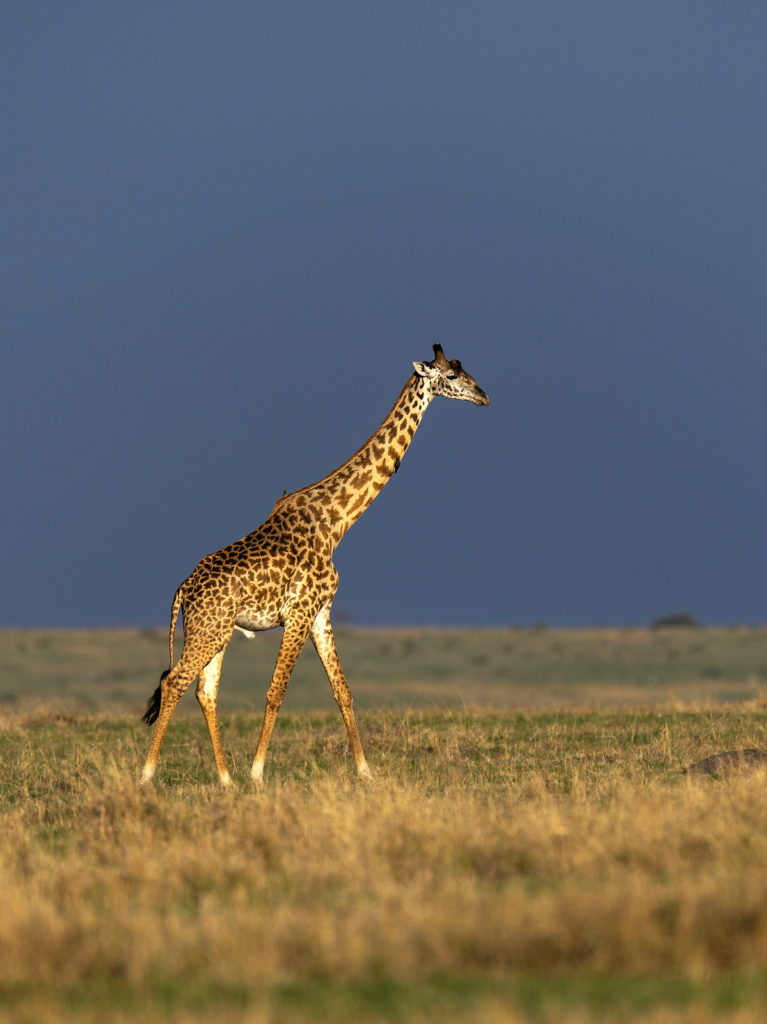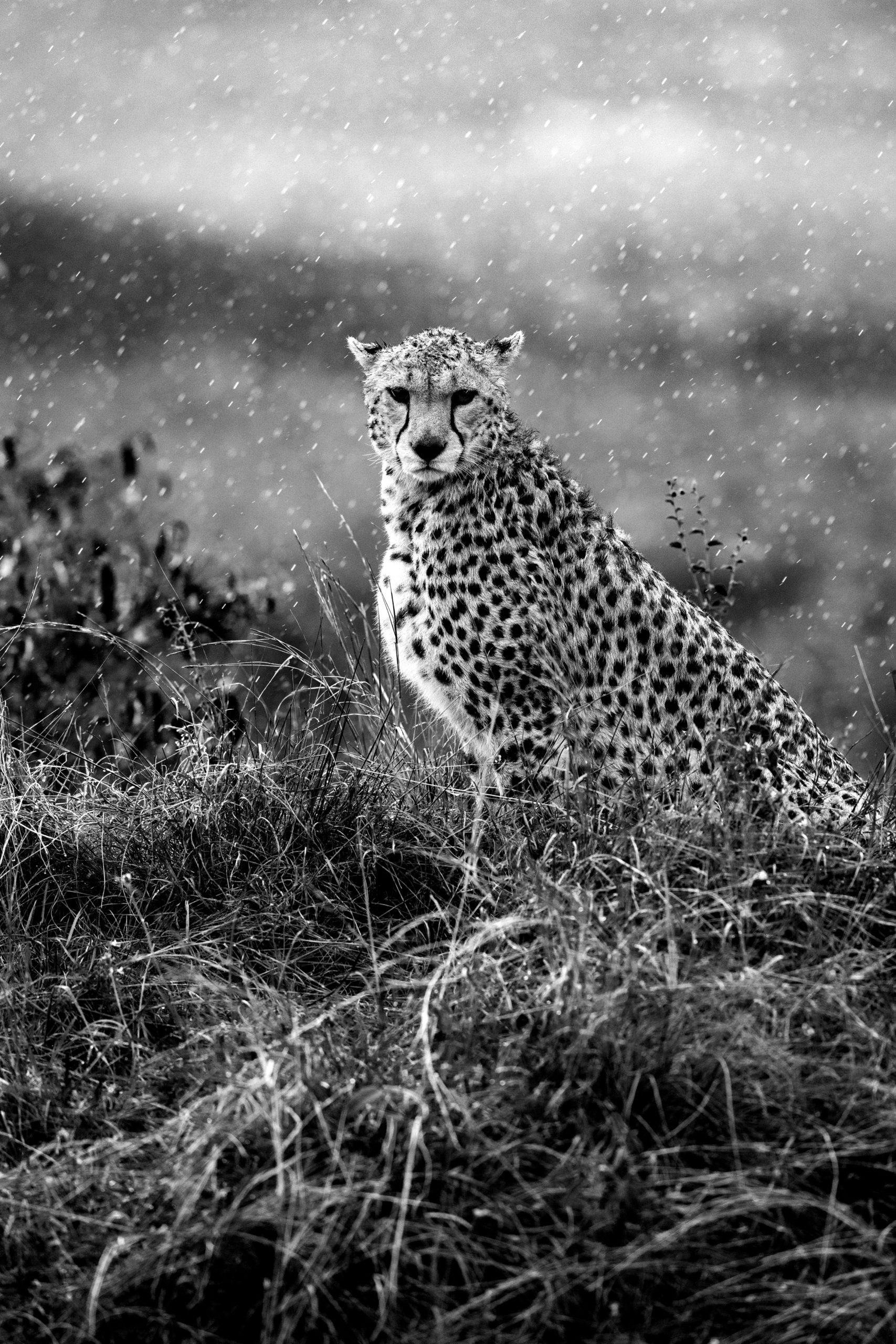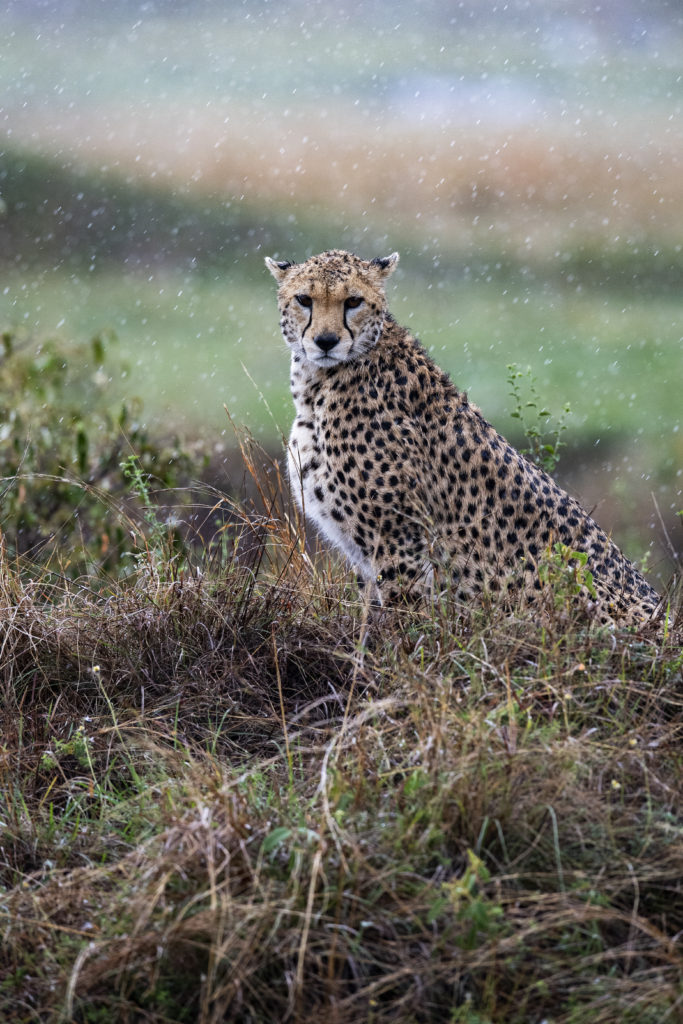23
Time to look back at 2021 with a collection of images that summarize my year of photography. This year I will post them in chronological order. (Click on an image to see it larger)
1. In January I had been tracking the weather forecasts for the Painted Hills in Oregon and when I saw a chance of snow I hopped in the car and drove 7 hours to reach the site. Alas, no snow to highlight these colorful peaks but the clouds and dark sky really helped make the photo. I drove back the next night (this location is best shot at sunset) through treacherous fog, and snow – sometimes going 10 miles/hour or less for long periods of time on winding mountain roads. Ugh — brutal but at least I was rewarded with a nice image for my efforts.
2. In May I escaped to San Juan Island in Washington State for a week to photograph foxes. Here we see a lovely female red fox (Silver Morph) with one of her pups.
3. Each year from mid-May to early July bald eagles congregate at Hood Canal in Washington to feast on spawning midshipman fish. I made a few visits and captured this mid-air discussion
4. In June I made another trip to San Juan Island for some kayaking and while there I got this nice image of the Lime Kiln Lighthouse.
5. Also in June I shot this beauty outside of our kitchen window! (Male Anna’s Hummingbird)
For the next 3 images I had to go a bit futher afield. We spent a glorious 10 days at the Masai Mara Game Reserve in Kenya in September. I had lived in Kenya many years ago and it had been 15 years since I had visited Masai Mara. There is still no place like it on the planet to see big cats.
6. I love this unique photo – we had 12 giraffe walk past us at sunset. They got all bunched up as a family of cheetahs was sitting nearby and the giraffes were watching them closely. In this image the sun had fallen below the horizon and we were left with just shades of blue.
7. We spent alot of time with this mother cheetah during our trip. She was one of the most powerful cheetahs I have ever seen and exuded confidence. In this image she is waiting out a heavy rainstorm.
8. We had tremendous luck in spotting leopards on our trip — during our stay we found 3 females with a cub (so that is 6 leopards in total). In this image we see a mother leopard playing with her cub just after sunrise.
The last two images are from the Grand Teton National Park – I spent 10 days there in December.
9. In this image I slowed down the shutter speed to highlight the falling snow and give a sense of the conditions that moose endure during the winter here.
10. In this image a unique view of moose with some beautiful side light.
Let me know your favorite in the comments below.
Hope you have a wonderful 2022!
michael

